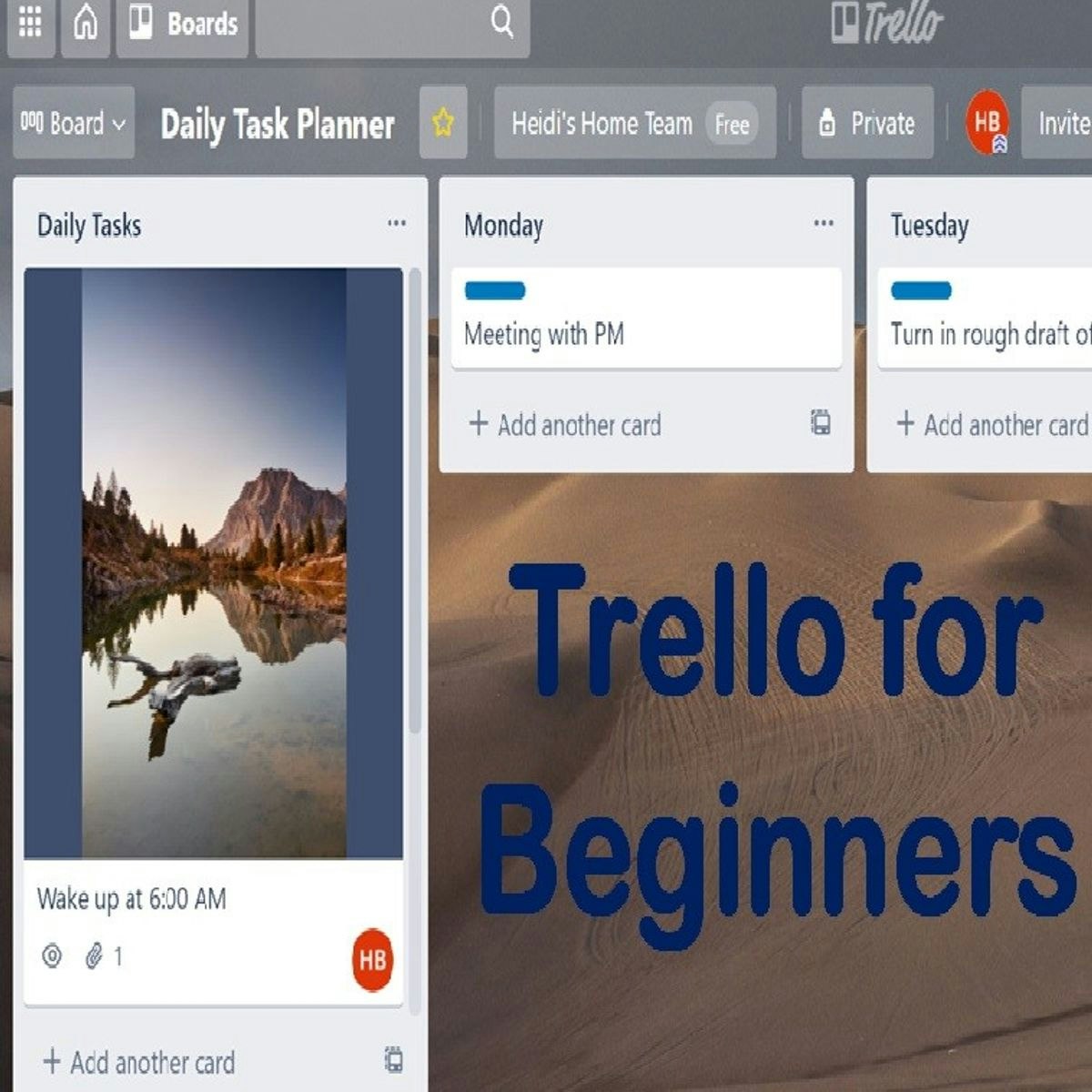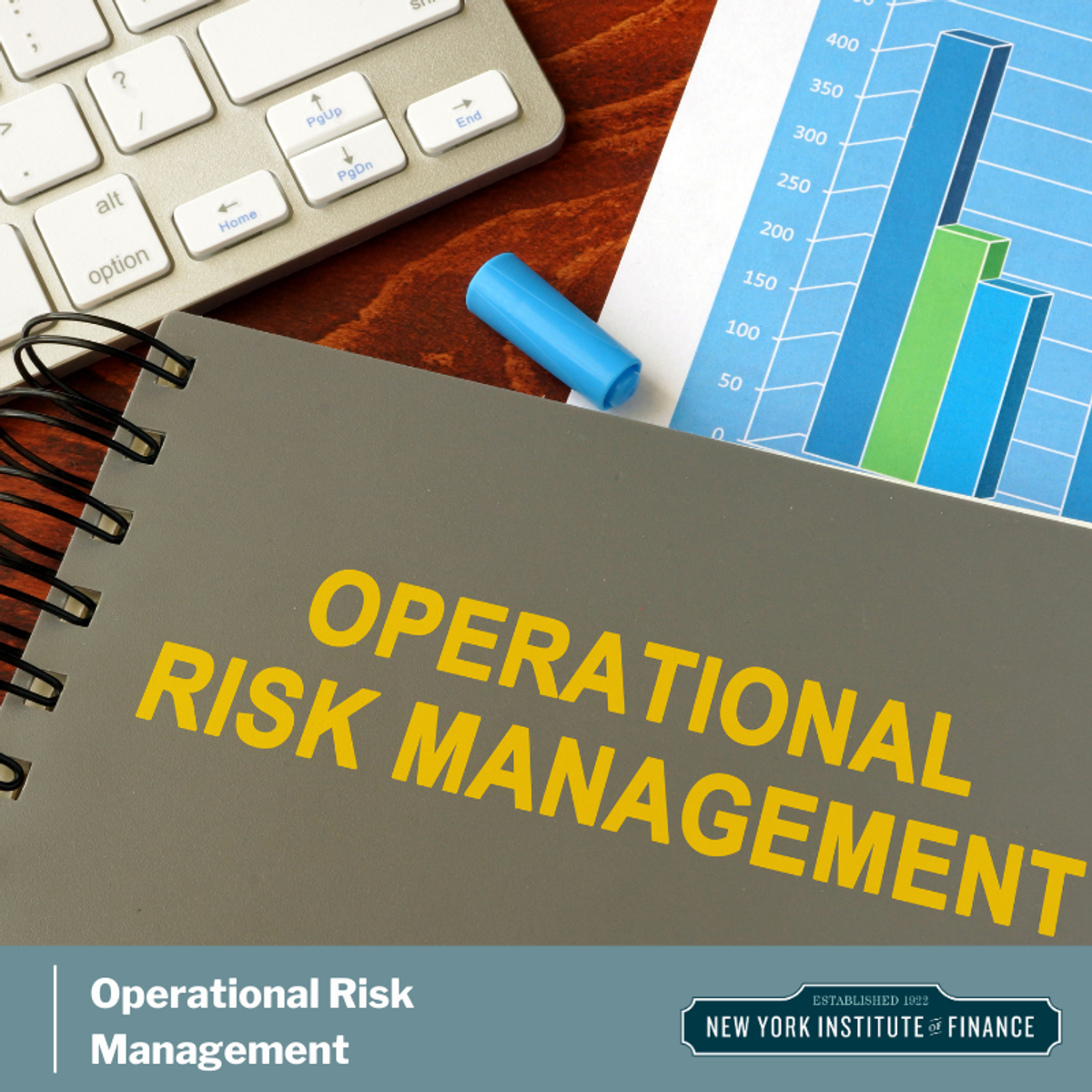Back to Courses









Business Courses - Page 30
Showing results 291-300 of 2058

Engineering Project Management: Initiating and Planning
The goal of the course is to give you the tools to initiate a project plan, manage both stakeholders and relationships, organize their team, develop a project charter, and build a business case for a project.
By the end of this course you will be able to:
- Perform a project assessment using information from previous projects and lessons learned
- Identify key deliverables based on business requirements while managing customer expectations
- Perform a stakeholder analysis and create a management plan
- Analyze and develop a project organization
- Create a project charter
- Explain the business case for a project and calculate Net Present Value
- Inform stakeholders of the charter and ensure all parties know the deliverables and expectations
As part of the course, you will prepare organization charts, create a Stakeholder Register, and write a Project Charter based on an engineering project in a provided Case Study. The Stakeholder Register will outline the key parties to the project, their concerns and how you will manage their expectations. Your Project Charter will provide the key guidance your team needs to understand the scope, requirements and purpose for the project.
All of this will position you for initiating and planning your first project and/or understanding how you can maximize your contributions on your next project team.
Rice Center for Engineering Leadership is a Registered Education Provider through the Project Management Institute (PMI)®. Learners who complete this course on the Certificate track will be awarded 12 hours of Profession Development Units. These are recognized by PMI for continuing education or can be applied toward the 35 hours of education required for the Project Management Professional (PMP)® certification.
PMI and PMP are registered marks of the Project Management Institute, Inc.

Term-Structure and Credit Derivatives
This course will focus on capturing the evolution of interest rates and providing deep insight into credit derivatives. In the first module we discuss the term structure lattice models and cash account, and then analyze fixed income derivatives, such as Options, Futures, Caplets and Floorlets, Swaps and Swaptions. In the second module, we will examine model calibration in the context of fixed income securities and extend it to other asset classes and instruments. Learners will operate model calibration using Excel and apply it to price a payer swaption in a Black-Derman-Toy (BDT) model. The third module introduces credit derivatives and subsequently focuses on modeling and pricing the Credit Default Swaps. In the fourth module, learners would be introduced to the concept of securitization, specifically asset backed securities(ABS). The discussion progresses to Mortgage Backed Securities(MBS) and the associated mortgage mathematics. The final module delves into introducing and pricing Collateralized Mortgage Obligations(CMOs).

Trello for Beginners
How do you organize your teams or projects remotely or in the office? Trello’s main home page says that they help teams work more collaboratively and get more done. Trello’s boards, lists, and cards enable teams to organize and prioritize projects in a fun, flexible, and rewarding way. A buzz word in the business world today is iterative and many people want to learn how to be more agile. Kanbans were developed in Japan as a scheduling system for lean manufacturing and just in time manufacturing. An industrial engineer who worked at Toyota developed Kanban to improve manufacturing efficiency but many software companies have taken the idea and run with it as well. If you learn about a Kanban using a Trello Board as a visual system for managing work as it moves through a process, you can start to explore what these buzzwords mean to you and for your organization.
By the end of your time in this project you will have a Trello board that you can use to help organize your projects at home and at work.
Note: This course works best for learners who are based in the North America region. We’re currently working on providing the same experience in other regions.

English for Running a Successful Business
In this course, as you read passages and watch videos, you will learn about the challenges of entrepreneurship, the importance of sales professionals in every company, and how to read numbers and graphs in sales reports. You will also learn how important project management and sustainability are for companies in modern times. Additionally, you will learn the correct usage of modal verbs and phrasal verbs as well as how to clearly ask for clarification. Your professional communication skills will improve as you incorporate these lessons into your English. This will help you to be more successful in using English in your business life.

Operational Risk Management: Frameworks & Strategies
In the final course from the Risk Management specialization, you will be introduced to the different roles in risk governance and the benefits of establishing an operational risk management program at your own workplace. This course will highlight key elements of an Operational Risk Management framework and help you identify the appropriate elements to incorporate in your own program. By the end of the course, you will be able to capture, report, and investigate operational risk events, produce meaningful key risk indicator (KRI) data and trend analysis, assess organizational risk appetite, and design an Operational Risk Control and Self-Assessment program.
To be successful in this course, you should have a basic knowledge of statistics and probability and familiarity with business operations. Experience with MS Excel and Python recommended.

Create an Organizational Company Chart with Canva
By the end of this project, you will learn how to create an organizational company chart from scratch using the free version of Canva.
An organizational chart is a diagram that visually conveys a company's internal structure by detailing the roles, responsibilities, and relationships between individuals within an entity. You will be able to incorporate a color scheme, different charts, and other design elements for aesthetically pleasing and value added business marketing collateral. We can use Canva to complete this project because it provides all the tools you need to create an organized and visually appealing product while offering a variety of options for sharing and collaboration. You will learn how to plan and organize your ideas and utilize graphic design tools as you create an organizational company chart from scratch.
Note: This course works best for learners who are based in the North America region. We’re currently working on providing the same experience in other regions.

Create Visually Engaging Presentations using Microsoft Sway
Do you want to wow your audience with interactive, engaging presentations? With Microsoft Sway, you’re no longer limited to picking pre-designed templates that make your presentations look like everyone else’s. You don’t have to have any design skills to transform and showcase information in modern, interactive, and attention-getting ways. Sway lets you customize styles to your liking, and intelligently suggests unique styles that suit your presentation!
This Guided Project, "Create Visually Engaging Presentations using Microsoft Sway'' is for creative-minded, keen learners, who want to improve their business communication and delivery effectiveness, or simply learn something new.
In this 2-hour long project-based course, you will learn how to create a new Sway, add content to a Sway, customize a Sway using different design elements, and share a finished Sway on the web. After completing this project, you’ll be able to create modern, professional-looking presentations for any occasion in minutes using Sway!
Sway is free to use for anyone with a Microsoft Account (Hotmail, Live, or Outlook.com). If you don’t already have an account, you'll learn how to create one here.
Are you excited to make an impression on your next presentation? Then what are you waiting for? Let's get started!
Exploring and Producing Data for Business Decision Making
This course provides an analytical framework to help you evaluate key problems in a structured fashion and will equip you with tools to better manage the uncertainties that pervade and complicate business processes. Specifically, you will learn how to summarize data and learn concepts of frequency, normal distribution, statistical studies, sampling, and confidence intervals.
While you will be introduced to some of the science of what is being taught, the focus will be on applying the methodologies. This will be accomplished through the use of Excel and data sets from different disciplines, allowing you to see the use of statistics in a range of settings. The course will focus not only on explaining these concepts, but also understanding and interpreting the results obtained.
You will be able to:
• Summarize large data sets in graphical, tabular, and numerical forms
• Understand the significance of proper sampling and why one can rely on sample information
• Understand why normal distribution can be used in a wide range of settings
• Use sample information to make inferences about the population with a certain level of confidence about the accuracy of the estimations
• Use Excel for statistical analysis
This course is part of Gies College of Business’ suite of online programs, including the iMBA and iMSM. Learn more about admission into these programs and explore how your Coursera work can be leveraged if accepted into a degree program at https://degrees.giesbusiness.illinois.edu/idegrees/.

Design Thinking for Innovation
Today innovation is everyone's business. Whether you are a manager in a global corporation, an entrepreneur starting up, in a government role, or a teacher in an elementary school, everyone is expected to get lean – to do better with less. And that is why we all need design thinking. At every level in every kind of organization, design thinking provides the tools you need to become an innovative thinker and uncover creative opportunities that are there – you're just not seeing them yet.
In this course, developed at the Darden School of Business at the University of Virginia and taught by top-ranked faculty, we provide an overview of design thinking and work with a model containing four key questions and several tools to help you understand design thinking as a problem solving approach. We also look at several stories from different organizations that used design thinking to uncover compelling solutions.

Blockchain and Business: Applications and Implications
Blockchain will bring about profound changes to business, and even to the nature of business itself. This technology will disrupt how enterprises are funded and managed, how they create value, and even how they perform basic functions like marketing and accounting. In this course you will learn how blockchain technology will penetrate into the structures of organizations. You will explore how blockchain will transform the roles of the C-Suite, and how a blockchain can be used to manage and protect intellectual property. You will be able to identify the different layers of the blockchain technology stack, and explain how these affect the governance of blockchain systems. As well, you will be able to identify seven qualities that a region in the world needs in order to attract technology startups and to build a vibrant blockchain ecosystem.
Popular Internships and Jobs by Categories
Browse
© 2024 BoostGrad | All rights reserved


